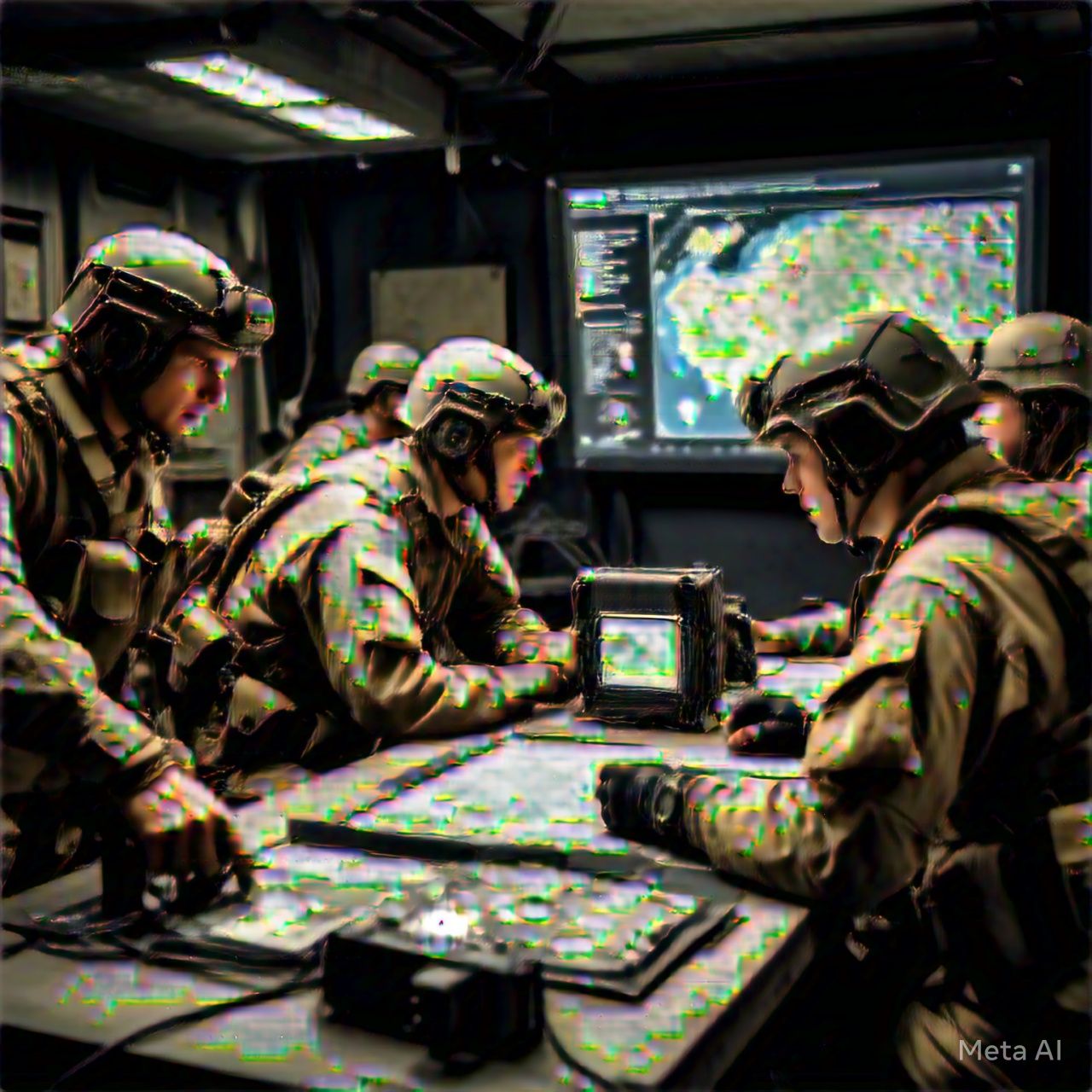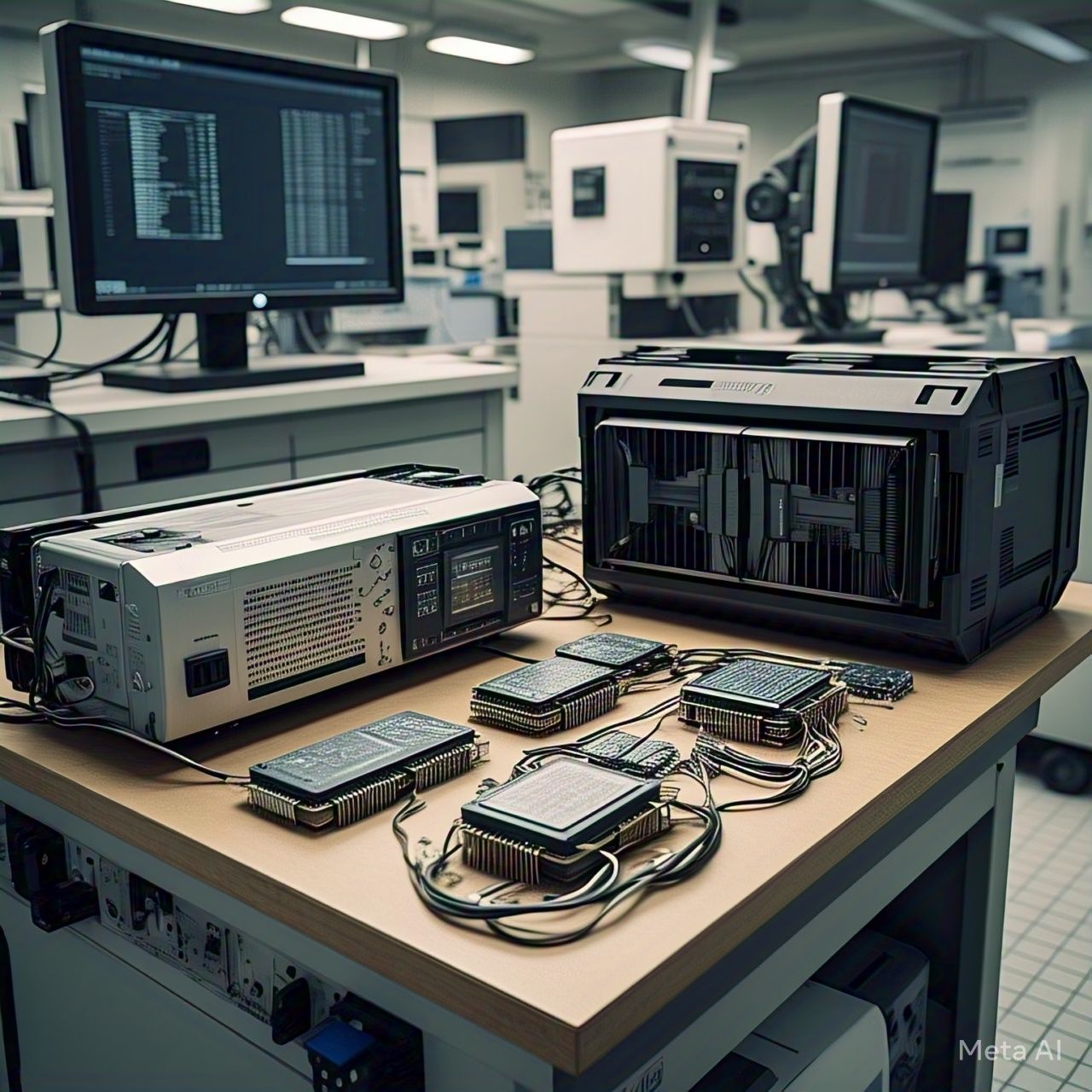Table of Contents
- Introduction
- Understanding AI in Battlefield Decision-Making
- How AI is Transforming Military Strategies
- Key Technologies Behind AI-Driven Decision-Making
- Applications of AI in Modern Warfare
- Advantages of AI in Battlefield Operations
- Challenges and Ethical Considerations
- Future of AI in Military Decision-Making
- Conclusion
- FAQs
Introduction
The rapid advancement of artificial intelligence (AI) has significantly impacted military strategies worldwide. AI is now an essential component in battlefield decision-making, allowing commanders to analyze vast amounts of data, optimize strategies, and enhance real-time situational awareness. The integration of AI into military operations is reshaping modern warfare, increasing efficiency, and reducing human error.
Understanding AI in Battlefield Decision-Making
AI-driven battlefield decision-making refers to the use of machine learning, neural networks, and data analytics to assist military leaders in strategic planning and combat operations. By leveraging AI, armed forces can predict enemy movements, optimize logistics, and improve surveillance.
Comparison of Traditional vs. AI-Powered Decision-Making
| Feature | Traditional Decision-Making | AI-Powered Decision-Making |
|---|---|---|
| Speed | Slow | Instantaneous |
| Accuracy | Human-dependent, prone to errors | Data-driven, precise |
| Scalability | Limited by human resources | Highly scalable |
| Risk Assessment | Based on experience | AI-driven predictive analytics |
| Situational Awareness | Relies on available intelligence | Real-time data processing |
How AI is Transforming Military Strategies
AI has revolutionized military decision-making in several ways:
- Predictive Analytics: AI can process historical data to forecast enemy movements and threats.
- Autonomous Systems: AI enables drones and robotic units to operate independently.
- Enhanced Surveillance: AI-driven reconnaissance systems improve target detection and intelligence gathering.
- Cyber Warfare: AI strengthens defense mechanisms against cyber threats and attacks.
- Optimized Logistics: AI enhances supply chain management, reducing operational costs and delays.
Key Technologies Behind AI-Driven Decision-Making
- Machine Learning (ML): ML algorithms analyze vast datasets, identifying patterns to support decision-making.
- Neural Networks: AI models designed to mimic human decision-making processes.
- Big Data Analytics: AI processes massive amounts of battlefield data in real-time.
- Computer Vision: AI-driven image recognition enhances surveillance and target identification.
- Natural Language Processing (NLP): AI interprets and processes real-time communications.
- Autonomous Systems: Self-operating drones and robotic units aid in reconnaissance and combat missions.
Applications of AI in Modern Warfare
1. Real-Time Battlefield Analysis
AI evaluates enemy troop movements, weather conditions, and geographical data to provide optimal strategies.
2. AI-Enabled Reconnaissance Drones
Unmanned aerial vehicles (UAVs) equipped with AI conduct surveillance, reducing human risk.
3. AI-Powered Cybersecurity
AI-driven algorithms detect and neutralize cyber threats before they compromise military networks.
4. Automated Targeting Systems
AI assists in target identification, reducing collateral damage and enhancing precision strikes.
5. AI-Assisted Military Training
AI-based simulations and virtual reality (VR) improve training programs for soldiers.
Advantages of AI in Battlefield Operations
- Faster Decision-Making: AI processes battlefield data instantly, reducing response times.
- Reduced Human Casualties: AI-powered robotics and drones replace human soldiers in dangerous operations.
- Cost Efficiency: Automation lowers operational costs by reducing resource wastage.
- Improved Intelligence Gathering: AI enhances the accuracy and reliability of reconnaissance missions.
- Enhanced Strategic Planning: AI provides predictive analytics for proactive decision-making.
Challenges and Ethical Considerations
1. Ethical Concerns in AI Warfare
The use of AI in military applications raises moral and ethical questions about autonomy in lethal decision-making.
2. AI Bias and Data Manipulation
AI models can be biased or manipulated, leading to flawed strategic decisions.
3. Cybersecurity Threats
AI-powered military systems are vulnerable to hacking and cyber-attacks.
4. Dependence on AI
Excessive reliance on AI might reduce human oversight in critical battlefield decisions.
5. Legal and Regulatory Challenges
The development of AI-based military systems requires strict global regulations to prevent misuse.
Future of AI in Military Decision-Making
The future of AI in battlefield decision-making is promising, with several developments on the horizon:
- AI-Driven Command Centers: Future military operations will rely heavily on AI-powered command centers for real-time decision-making.
- Advanced Autonomous Combat Units: AI-driven robotic soldiers may replace human forces in high-risk operations.
- Improved AI Ethics Frameworks: Governments and organizations will establish strict AI regulations to prevent misuse.
- Quantum Computing Integration: AI and quantum computing will work together for ultra-fast military decision-making.
- AI-Augmented Human Soldiers: The integration of AI with wearable technology will enhance soldiers’ capabilities on the battlefield.
Conclusion
AI is revolutionizing battlefield decision-making, enhancing speed, accuracy, and operational efficiency. From predictive analytics to autonomous drones, AI’s role in modern warfare is becoming increasingly vital. However, with great power comes great responsibility. The ethical and security challenges associated with AI must be addressed to ensure responsible use in military operations. As AI technology continues to advance, its role in strategic planning and real-time intelligence will only expand, making it a crucial component of future military strategies.
FAQs
1. How does AI help in battlefield decision-making?
AI analyzes vast amounts of data in real time, predicting enemy movements, optimizing strategies, and enhancing situational awareness for commanders.
2. What are some real-world examples of AI in military applications?
Examples include autonomous drones for surveillance, AI-powered cybersecurity systems, predictive analytics for warfare, and AI-driven logistics optimization.
3. What are the risks of using AI in military decision-making?
Risks include cybersecurity threats, AI bias, lack of human judgment, and ethical concerns over autonomous weapons.
4. Can AI replace human decision-makers in warfare?
While AI enhances decision-making, human oversight remains essential to prevent errors, biases, and ethical dilemmas in military operations.
5. What is the future of AI in military strategies?
AI will continue to evolve, with advancements in quantum computing, AI-driven command centers, and ethical AI governance shaping the future of military operations.




